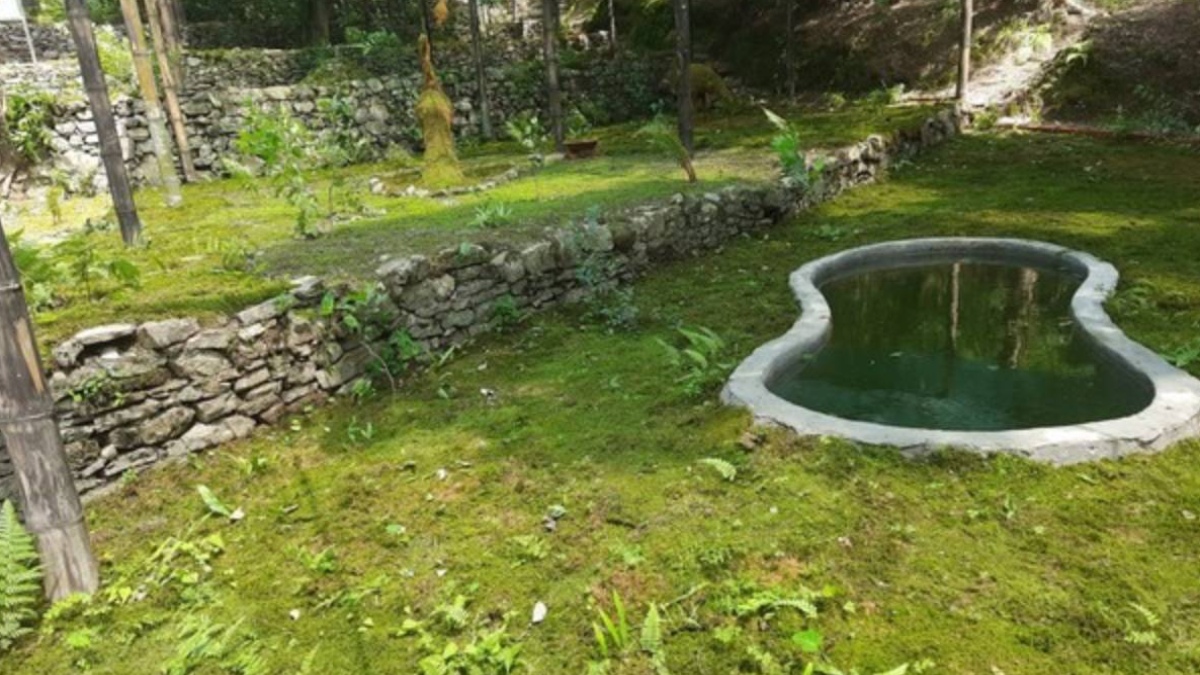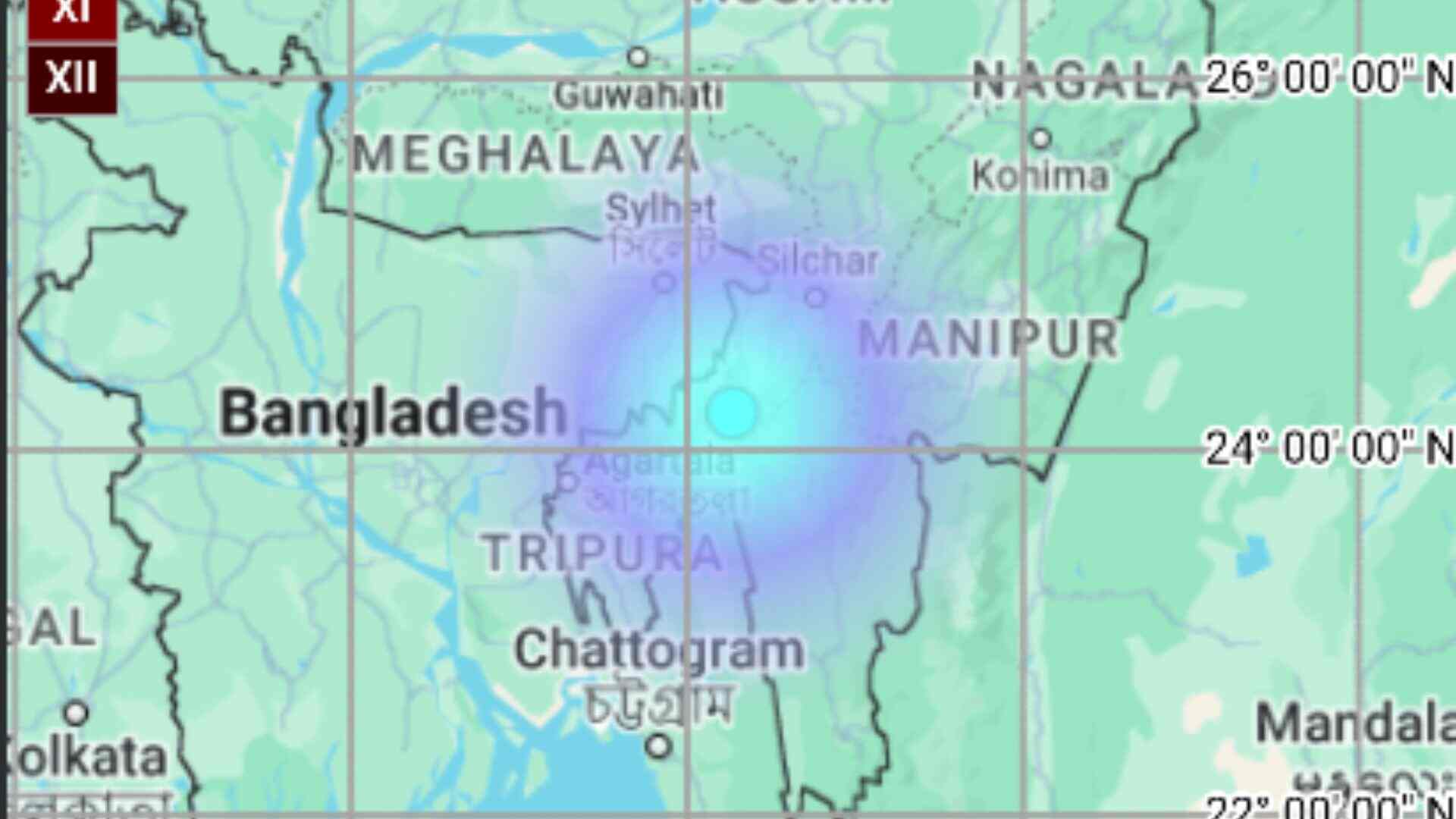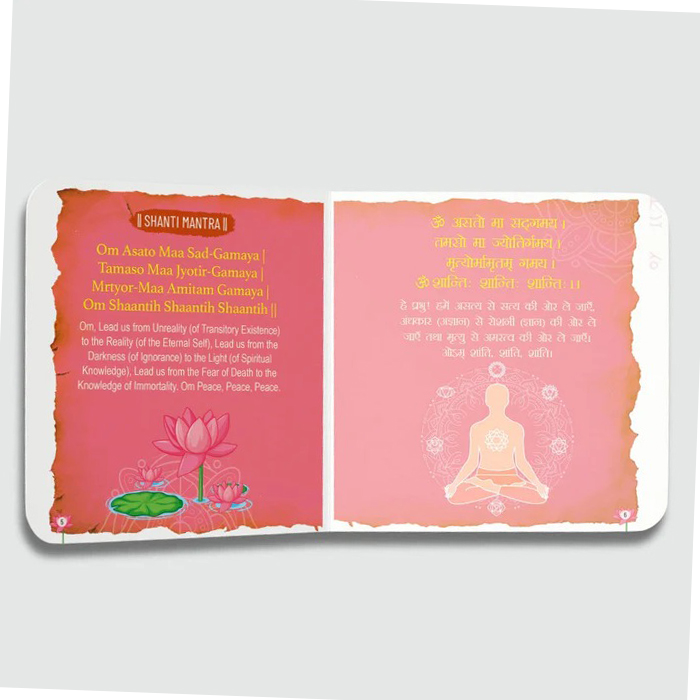
Being in a pollution-free area of Deoban is itself a blessing and added boon is India’s first Cryptogamic Garden—a brainchild of an IFS Sanjiv Chaturvedi of Dehradun—that just got inaugurated three days ago in Deoban. Placed at an altitude of 2,700 meters and spanning an area of 3 acres, Deoban has majestic pristine forests of Deodar and Oak. It also supports the ample growth of Cryptogams.
Sanjiv Chaturvedi, a 2002 batch Indian Forest Services officer who heads the research wing of the state forest department, told The Daily Guardian, “Cryptogams are one of the oldest groups of plant species, existing since the Jurassic era. We aim to promote the species as well as awareness of the importance of the Cryptogams. These species have immense contribution in our environment and ecology and are imperative to sustain life on Earth.”
“Cryptogam means ‘hidden reproduction’ referring to the fact that no seed, no flowers are produced, thus cryptogams represent the non-seed bearing plants. Algae, Bryophytes (Moss; Liverworts), Lichens, Ferns, and Fungi are the best-known groups of cryptogams. Cryptogams require moist conditions to survive. Three groups i.e. algae, bryophytes (moss; Liverworts), lichens, comprise of primitive, simple species where the plant body is thalloid (not differentiated into true roots, stems, and leaves).”
The group comprises algae, fungi, mosses, lichens, and ferns among other types of plant species. Uttarakhand is a rich state in terms of biodiversity regarding Cryptograms with 539 species of lichens, 346 species of algae, 478 species of bryophytes, and 365 species of pteridophytes. The garden houses many of these species. The algae group comprises of most primitive organisms. These are predominantly aquatic, both in marine as well freshwater habitats.
Algae species are of economic importance globally, being used as food as a healthy source of carbohydrates, fats, proteins, and vitamins A, B, C, and E, as well as minerals like iron, potassium, magnesium, calcium, manganese, and zinc.
People from countries such as Ireland, Scotland, Sweden, Norway, North and South America, France, Germany, Japan, and China use it as a food ingredient. The algae are also used as bio-fertilizers, liquid fertilizers which help in the repairing level of nitrogen present in the soil along with medicinal uses.
A large number of medicines are obtained from algae. The brown algae like Laminaria, Sargassum, etc., are good sources of iodine. The garden also houses many species of Bryophytes such as mosses which are the simplest and primitive land plants.
Chaturvedi said: “Bryophytes are reliable indicators and monitors of air pollution, bind the soil particles and prevent soil erosion, and along with lichens play a very important role in the formation of soil over the bare rocky surface. Due to high water retention, mosses are widely used in packaging and transportation of plants, possess antimicrobial properties. Our team has worked hard to preserve the habitat for lichens and mosses here.”
The garden also houses ferns many of which are grown as ornamental plants, accumulate heavy metals preventing pollution of and are an indicator of the moisture regime of the area. Ferns like horsetails have remained unchanged since the Jurassic era. Lichens which are also preserved in the garden are a complex life form that is a symbiotic partnership of two separate organisms, a fungus, and algae.
“Lichens are highly sensitive to atmospheric pollutants and are used as pollution monitors. The species are also used as a vital ingredient in many dishes specifically Hyderabadi biryani, to cure jaundice, fever, diarrhoea, epilepsy, hydrophobia, and various skin diseases, as coloring agents since ancient times, in the leather industry, due to the aromatic substances present in the thallus, the lichens are used in the preparation of various cosmetic articles, perfumery goods, dhoop, hawansamagris, etc to determine the age of exposed rocks,” he said.















